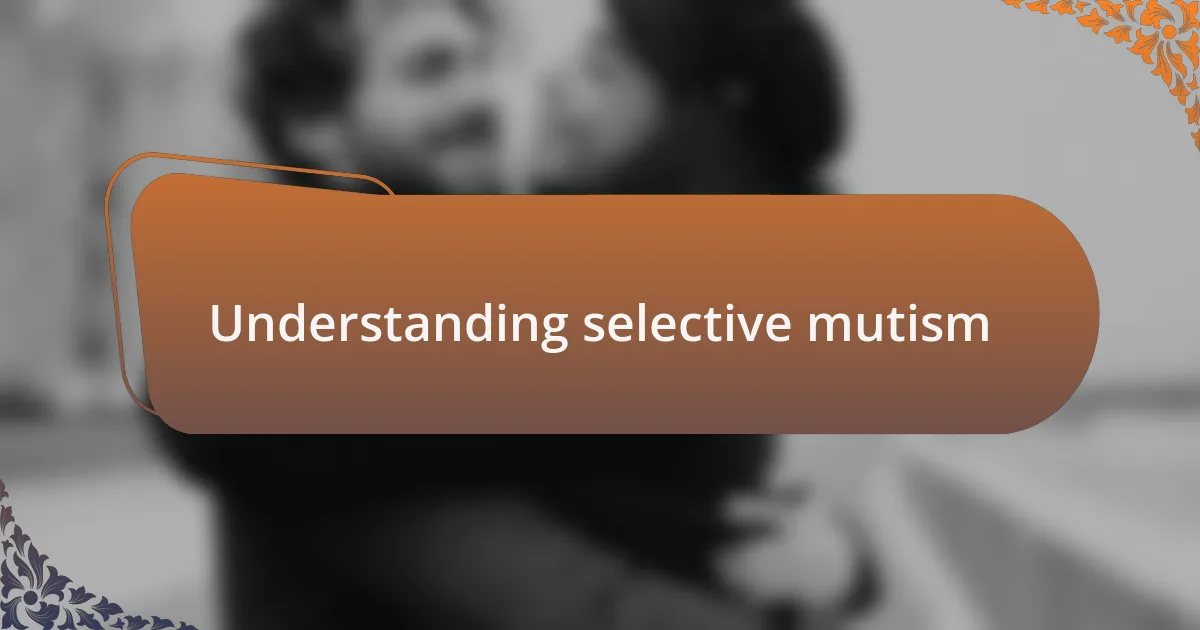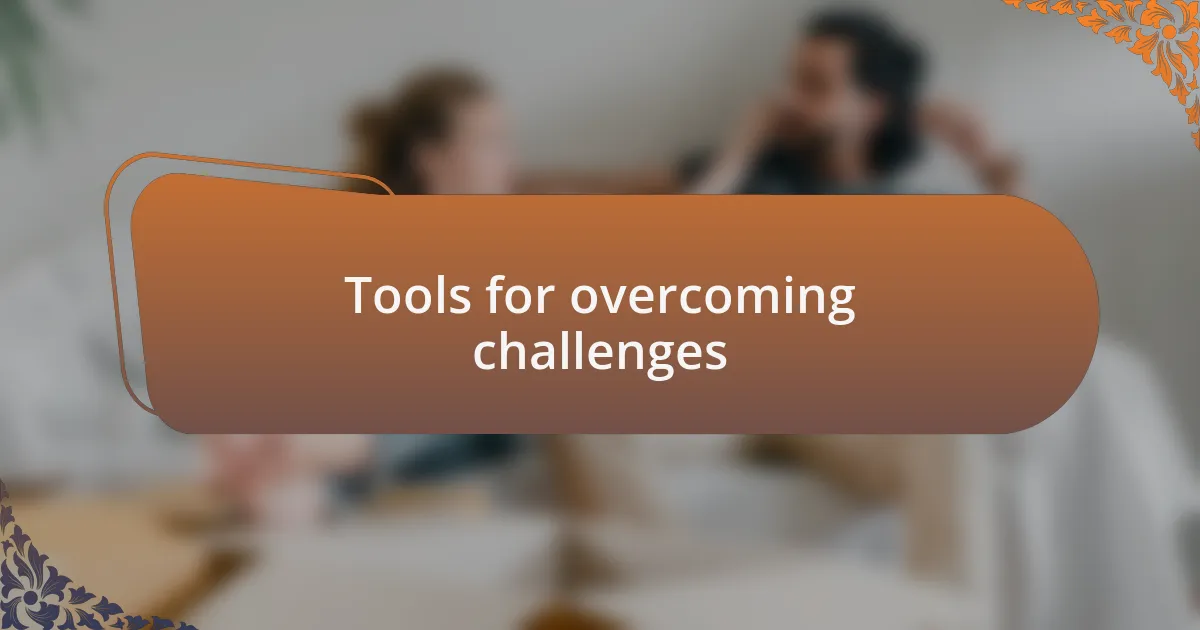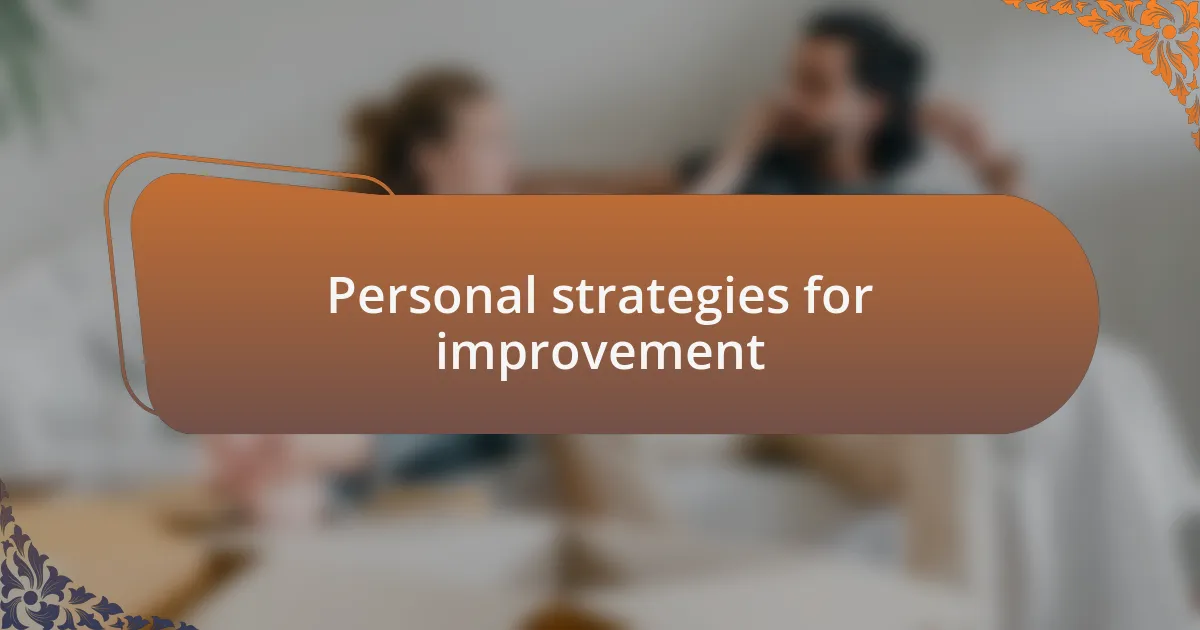Key takeaways:
- Selective mutism is an anxiety disorder preventing children from speaking in certain social situations, despite their ability to communicate in comfortable settings.
- Causes often include environmental factors, genetic predispositions, and traumatic experiences that heighten anxiety in children.
- Supportive environments and practical techniques, such as mindfulness and breaking tasks into manageable steps, can enhance focus and communication for those with selective mutism.
- Building a supportive network through family, friends, and online communities can significantly help individuals navigate challenges related to selective mutism.

Understanding selective mutism
Selective mutism is a complex anxiety disorder that primarily affects children, preventing them from speaking in certain social situations despite having the ability to communicate in others, often at home. I remember the moment I first encountered a child with selective mutism; their silence spoke volumes amidst a world buzzing with conversation. It made me wonder, what thoughts and fears lie beneath that quiet facade?
For many who experience selective mutism, the pressure of social interaction can feel overwhelming. I once observed a young girl in a classroom, her eyes darting nervously while her classmates engaged freely, and it made me reflect on the invisible walls that fear can build. Have you ever felt like words were stuck in your throat, longing to be expressed yet trapped by anxiety? This silence isn’t just a lack of speech; it’s a profound struggle to connect in a world that often overlooks those who cannot voice their feelings.
Understanding selective mutism means recognizing it doesn’t stem from a lack of desire to communicate, but rather from deep-rooted anxiety. I have spoken with parents who described the heartbreak of watching their child, filled with ideas and stories, unable to share them. It’s heart-wrenching to think that what may seem like simple communication barriers are built on layers of emotional turmoil and fear.

Causes of selective mutism
The origins of selective mutism often trace back to a blend of environmental factors and genetic predispositions. I remember speaking with a mother whose daughter became increasingly withdrawn after moving to a new school; it was a poignant reminder of how significant life changes can heighten anxiety in sensitive children. This raises the question: how do we help create a sense of safety in unfamiliar settings for those who struggle to speak?
Research suggests that a history of shyness or social anxiety in the family can predispose children to selective mutism. I’ve met parents who were naturally introverted, finding it challenging to step outside of their comfort zones. This familial aspect makes me think—can understanding our own tendencies help us empathize better and support our children in building confidence?
Furthermore, traumatic experiences can trigger selective mutism in some children. I once knew a child who went mute after experiencing a distressing event, sparking a fear of social interaction that lingered long after. It’s a stark reminder that the challenges many face are often rooted in profound emotional experiences that require patience and understanding from those around them. How can we create spaces where children feel secure enough to find their voices again?

Impact of environments on focus
Environments can profoundly influence our ability to concentrate, especially for those navigating the challenges of selective mutism. I remember a time when I attempted to study in a bustling café; the noise and movement made it nearly impossible for me to focus. It highlighted just how overwhelming an environment can be, turning a simple task into a daunting challenge.
I’ve come to see how familiar and comforting spaces can foster a sense of security that enhances focus. When I created a cozy study corner at home, complete with soft lighting and my favorite books, I noticed a significant improvement in my concentration levels. This shift made me wonder: how can we replicate this sense of safety for children struggling in less familiar settings?
Conversely, chaotic or unpredictable environments can lead to heightened anxiety and distraction. I once attended a workshop in a space filled with loud noises and constant interruptions. I found myself unable to engage, and it reminded me that for those with selective mutism, the surrounding atmosphere can either nurture or hinder their ability to find their voice. How often do we overlook the simple power of a quiet, supportive environment in fostering communication?

Techniques to enhance focus
To enhance focus in challenging environments, I’ve discovered a few practical techniques that truly make a difference. One effective strategy for me is using noise-canceling headphones. During a particularly distracting workday, I slipped on my headphones, played soft instrumental music, and suddenly the world around me faded. It was like creating my personal bubble of focus, which makes me wonder: how often do we underestimate the value of simply tuning out distractions?
Another technique that has proven beneficial is the use of mindfulness exercises. I recall sitting quietly before a crucial presentation, breathing deeply and visualizing myself speaking confidently. This practice calmed my racing mind, allowing me to channel my energy into the task at hand. I often think about how such simple moments of mindfulness can empower not only adults but also children dealing with selective mutism to manage their responses in anxiety-inducing situations.
Lastly, breaking tasks into smaller, manageable steps has been a game changer for me. I remember feeling overwhelmed by a lengthy project, so I divided it into bite-sized portions. Each completed step provided a sense of accomplishment and kept my momentum going. This approach not only fosters focus but also builds confidence, which is crucial for those struggling with communication challenges. Have you found that breaking tasks down helps alleviate the pressure of larger goals? It certainly has for me.

Tools for overcoming challenges
One tool that has significantly helped me in challenging environments is creating a dedicated workspace. When I set up a specific area for focus, I noticed my mind transitioned more easily into work mode. I still remember the first time I decluttered my desk; it was like lifting a weight off my shoulders. Can you recall a spot that instantly makes you feel productive?
Visual aids can also be a powerful method for maintaining focus. I often use colorful sticky notes to outline my daily goals. One busy afternoon, I plastered them around my workspace, and each note acted like a little reminder of my intentions. It’s fascinating how something so simple can redirect our energy and motivate us, don’t you think?
I find that practicing positive affirmations can be an unexpected ally in overcoming challenges. On particularly tough days, I remind myself of my strengths by repeating phrases like, “I am capable and worthy.” Just a few minutes of this practice can shift my mindset, and I always finish with a little more vigor. Have you ever tried affirmations? The difference they can make is truly remarkable.

Personal strategies for improvement
When it comes to improving focus, I’ve found that incorporating short breaks into my routine can be incredibly beneficial. I like to set a timer for 25 minutes of concentrated work followed by a 5-minute pause. During one particularly hectic day, I stood up, stretched, and took a few deep breaths during a break. It felt like my brain got a refreshing reset, allowing me to dive back into tasks with renewed enthusiasm. Have you ever noticed how a quick pause can change your perspective?
Another strategy that has proven effective for me is the use of background music or ambient sounds. On days when distractions seem to be everywhere, I put on my favorite instrumental playlist. I vividly remember a day filled with noise that normally would have derailed my focus. Instead, those soothing melodies wrapped around me like a comforting blanket, helping to muffle the chaos drifting from outside. How do you handle background noise when you’re trying to concentrate?
Lastly, I’ve learned that setting realistic, achievable goals keeps my motivation high. I focus on small, manageable tasks rather than overwhelming myself with a long to-do list. One afternoon, I challenged myself to complete just three items on my list, and I was surprised at how much I accomplished. Each small victory felt like a step forward, driving my confidence and helping me maintain focus. What if you started celebrating those little wins, too? The impact can often be bigger than we realize.

Building a supportive network
Building a supportive network involves surrounding yourself with people who understand and respect your journey. I remember joining a local support group for individuals navigating selective mutism. It was a game changer. Sharing experiences and hearing others’ triumphs made me feel less isolated. Have you ever found solace in a community that truly gets what you’re going through?
Connecting with supportive friends and family can also significantly boost your focus in challenging environments. I once confided in a close friend about my struggles with speaking in certain situations. To my surprise, she began checking in on me during those moments and even practiced conversations with me beforehand. That kind of encouragement can work wonders. Isn’t it amazing how a little understanding can create a safe space for growth?
Moreover, I’ve discovered that engaging with online communities can expand my support network even further. Participating in forums and social media groups dedicated to selective mutism allows me to share my thoughts and gain insights from others across the globe. A particularly impactful interaction occurred when someone shared a strategy I hadn’t considered before, which turned out to be incredibly helpful. Have you explored the possibilities of online connections in your own journey?